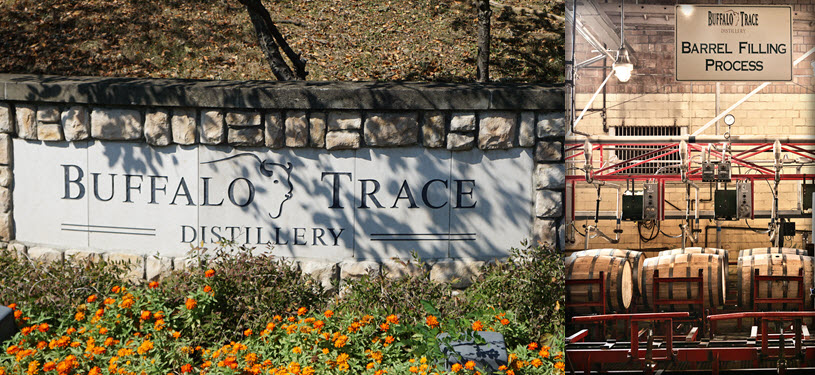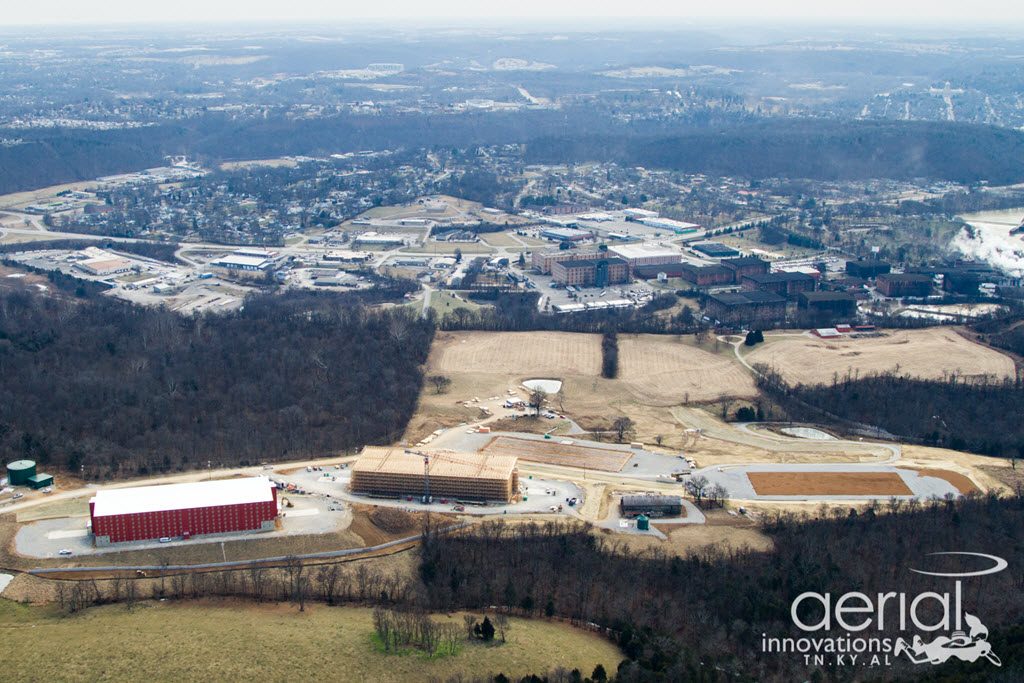
The reports of a bourbon shortage continue to make headlines. Some are true, some are kind of true depending on the actual brand. If you think about the automobile business you often hear about ‘just in time’ inventory management. Automobile manufacturers schedule their build cycles based on when they anticipate selling a car or truck. The turnaround time from the production line to the dealer to the customer is relatively quick. Some distilled spirits like vodka or gin that don’t require aging can manage similar just in time inventory management while other spirits like bourbon can take several years of aging before its ready for distribution and consumption. The aging or perhaps a better description is maturation can vary by brand from say two to 20 years. Forecasting automobile sales for the next 12 months is no easy task. Forecasting bourbon demand for two to 20 years is a whole other thing.
Five years ago in 2013, Buffalo Trace Distillery looked at its bourbon inventory, current sales, and 20 year sales projections and determined it had a problem: fans were drinking more bourbon than the company had predicted. In short, the company was facing a bourbon shortage. (Gasp!)
The Dreaded Bourbon Allocation
Rather than run out of bourbon, Buffalo Trace like many of the large distilleries, put their bourbons that were in the most danger of running out on allocation and warned fans there might be periodic shortages. They then took steps to increase distillation, added more bottling lines, and hired more employees, including a dedicated position to watch and balance bourbon inventory.
Now, five years later, the bourbon boom is still booming, Bourbon sales continue to grow in the United States by 5% annually. The number of new brands has exploded as consumers seek more variety. More than 1,500 craft distilleries dot the landscape across America. The craft cocktail scene has arrived and a new bourbon bar seems to open weekly.
Stay Informed: Sign up here for the Distillery Trail free email newsletter and be the first to get all the latest news, trends, job listings and events in your inbox.
Buffalo Traces Predicts Some Additional Availability

Buffalo Trace Distillery Master Distiller Harlan Wheatley.
“When I started with the company in 1995, we filled 12,000 barrels a year. Today the growth seems moderate, but when you think about how far we’ve come, it’s actually phenomenal, considering when we’re on track to produce 200,000 barrels this year,” said Master Distiller Harlen Wheatley.
Buffalo Trace says they will have more barrels coming of age over the next 12 months. They expect brands like Eagle Rare, W. L. Weller, E. H. Taylor Jr, and Blanton’s Single Barrel will see more barrels come of age and bottles produced in 2018. However, the distillery will continue to bottle its Van Winkle, George T. Stagg, Elmer T. Lee and Sazerac Rye as barrels mature, but they expect little growth in availability on these brands. The company expects the majority of its whiskeys will still be on allocation.
Expanding Production and Warehousing to Meet Future Bourbon Demand

All that growth takes capital investment, and Buffalo Trace is in the early stages of spending $1.2 billion over the next 10 years at its distillery and related production facilities. They’ve provided a little bit of insight into where they will be spending portions of that $1.2 billion here.
Cooking and Fermenting the Mash
Next summer, the distillery plans to add four new cookers, twice the size of the existing cookers. Plus, four new fermenters will be installed. These 92,000 gallons fermenting tanks will be same size as the existing fermenters – some of the largest in the distilling industry.
Heating and Cooling the Mash
All that cooking and fermenting means there will be an increased need to heat and cool the mash which is why Buffalo Trace is in the process of replacing its boilers (some of which have been in place since the 1950s) and is prepping its site to add a new cooling tower next summer. The cooling tower cools down the water that is used for cooling down the grain after it’s cooked into mash.
Barrel Warehouses
Already, two new barrel warehouses are complete with new barrels are being loaded inside. The third is going up rapidly, and the foundation has been started for the fourth. When complete, each of these new warehouses will hold 58,800 barrels of whiskey. The plan is to build one new warehouse every four months for the next several years. Each warehouse cost $7.5 million to build and $21.0 million to fill with barrels.
Each warehouse will be insulated, an industry first, to protect it from the cold Kentucky winters, when bourbon lies dormant inside a barrel when temperatures drop. Already, Buffalo Trace is one of the few distilleries to steam heat its existing warehouses, now another layer of environmental protection has been added with insulation.
A New Bottling Line
As whiskey production capacity increases, the distillery expansion will displace the main bottling operation at Buffalo Trace. So a new bottling hall is being built at a cost of $50 million which will improve efficiency, flexibility and overall quality. The move is expected to be complete by the end of 2018.
Related Stories
Sazerac Plans to Invest $66 Million to Turn Empty Dough Plant into Whiskey Bottling Line
Buffalo Trace Distillery Celebrates the Filling of its 7 Millionth Barrel – Honors Family Tradition [Video]
Buffalo Trace Says, “Allocations will continue.”
Although Buffalo Trace is moving forward with expansion plans the company says, “Allocations will continue, with no foreseeable end in sight. Buffalo Trace Distillery would like to thank its customers for their continued support and to ask them to remain patient as they endeavor to make more bourbon. Unfortunately, you can’t cheat Father Time when making good bourbon!”
What do you think? Will the bourbon shortage continue?
Please help to support Distillery Trail. Sign up for our Newsletter, like us on Facebook and follow us on Twitter.




